The Viewer
Художник: Shaun Tan
ISBN: 978-0-7344-1189-1
Страниц: 32
Тип страниц: Мелованная
Переплет: Мягкий переплёт
Формат: 25.8 x 0.4 x 26.5
Young Tristan, a curious boy who rescues all sorts of objects from the rubbish dump, finds an old Viewmaster in its elaborate box, complete with a set of disks. He finds that these represent the ages of humankind, seen as a cyclical structure in which patterns of growth and decay are repeated. Tristan becomes more and more drawn in to the world of the disks, and eventually disappears. The book is full of metaphors and symbols of seeing and watching, circularity and never-endingness, in a complex, fantastical tale, which was Shaun Tan's first picture book.
Comments on The Viewer from Shaun Tan
The Viewer was the first picture book I worked on, and developed from my intial meeting with Gary Crew, a well-known Queensland writer who was visiting Perth in 1995. We realised quite quickly that we shared very similar interests in science fiction, horror and illustrated fiction. We are also both artists and authors in different proportions; Gary originally wanted to be an artist, and I originally wanted to be a writer! We also have a shared sense of humour, and an attraction to dark and disturbing themes, as evidenced by The Viewer, which was published a couple of years later.
The Viewer was a much more collaborative project than most picture book creation, which is surprisingly often characterised by little direct communication between author and illustrator (something I was familiar with as an illustrator of many short stories and book covers). Gary and I discussed concept, imagery and book design together from the outset, before any text was written.
Gary had a vague initial idea about a kind of corrupted Viewmaster toy that showed horrible scenes, rather than the usual delightful ones, and that there would be a circular motif involved disks and many small paintings instead of the usual picture book page layouts. The only clear concept either of us had at this beginning was actually what the cover was like - normally the last thing you worry about - that it would have holes in it and ‘hidden inner workings’ when you open it up. Gary also suggested that there was an extra-terrestrial element driving a mysterious narrative, and that it would have an unclear ending where the main character simply disappears, somehow zapped into oblivion.
Similar ideas can be found in a previous book Gary worked on with South Australian illustrator Steven Woolman, The Watertower; a kind of domestic horror with alien possibilities, an inconclusive ending, symbolic clues and innovative visual design. The book has to be rotated halfway through, and is more visually suggestive than illustrative. Notably, Gary has been a strong advocate of picture books created for ‘older readers’ - essentially arguing that there is no reason for them to be only children’s literature, since our interest in reading visual images does not decline with age.
So what actually is ‘the viewer’? My key contribution at the conceptual level was probably the suggestion that this dangerous device was not from outer space, but ‘home-grown’ terrestrial spookiness. It was some kind of time capsule that may have existed since the dawn of creation, in a box with many other artefacts that would be recognisable to people of different ages and periods - hence the fact that the viewer would emulate a children’s toy, and be picked up by a twentieth century suburban kid. The purpose of all these devices is essentially unknown - part of the attractive mystery of the story - but there are suggestions in the illustrations, full as they are of inscriptions, that the box containing them has passed through the hands of many different histories and cultures.
There are a few key ideas that emerge; that all the mechanisms work to record and re-play images of violence and death, especially the collapse of successive human civilisations, whether by natural disaster or self-destructive instincts. The use of circles, spirals and other cyclical patterns through the illustrations emphasis the idea of life and death revolutions, that things are on one hand mortal and immortal in their patterns. There are numerous ancient symbols of this, such as the serpent biting its own tail, and the concept of time as cyclical, rather than linear, is historically much more dominant. The belief that civilisation progresses continuously is ultimately a temporary illusion; things either change radically or collapse - the current ecological crisis of our own age proves the case. Still we go on as if oblivious to the slow disaster unfolding before us.
Anyway, in the story, Tristan becomes at once fascinated and horrified at this tiny theatre of horror, and it appears to become absorbed in a much more literal sense - he gets sucked into the machine. The reason for that is also an open question, although a careful study of the illustrations shows that each image ‘disk’ has a figure walking beneath every picture, carry a certain kind of visual device particular to their historical time: a caveman with a stick, an Egyptian scribe with a scroll, a medieval nun with a book, an Aztec chieftan with a telescope, a WWI nurse with a camera, a toxic-waste worker with a video camera. The idea was that these were anonymous people that had perhaps come across the box, and been entrapped by it and made to silently witness and record the disasters of their time. An image of their own eye appears at the centre of each disk; the suggestion at the end with Tristan’s own eye looking out from the centre of a blank disk is that he is the next ‘witness’ to an uncertain future.
Some interesting details to look for in this book include a small comet that appears in the background of some images (the first square of each disk), as comets have often been regarded as bad omens, bringing great calamity and destruction (it also suggests a cosmic cyclical theme). A snail and beetle appear from time to time, as these seemed to be kind of symbols of death and renewal, the slow-moving spiral of the snail and a possible reference to ancient Egyptian scarabs. In the dump, there are reflections of skulls on some shiny surfaces, and many objects relate to subsequent images in a coded way (one reason why this landscape is so unnatural looking).
The mechanisms around the boy’s eye as he watches the disks is quite elaborately worked out visually, though does not read clearly in print unfortunately. Bascially, different sections rotate and telescope inwards as the boy’s pupil dilates, so that eventually his pupil becomes that of a new big mechanical eye.
The design of the book itself is quite self-consciously mechanical, and unusually repetitious for a picture book with it’s seven ‘disk and eye’ compositions. One reason for this is that we wanted the book to emulate the machine, or the box it came in, so the physical turning of the page opens things up. There is an intended cinematic feel to everything also, from the gradual ‘zoom-in’ from the strange dump landscape to tiny mechanisms in the viewer, and one image leads into the next at the edges. There are a number of framing devices, such as an open window or broken TV, which suggest that we are always ‘looking through’ something (the book itself being another device).
Gary’s introduction of sound descriptions following my illustrations added a sense that the scenes illuminated by the viewer might also be moving as if alive, rather than still, silent pictures as they are on the page.
Tristan himself is never shown, and instead becomes simply a stand-in for ourselves as readers - the character is only really visible incidentally, as reflection or shadow, with the sense that the machine is watching him, rather than the other way around. One interesting thing to notice is that there are two images of Tristan’s room through the idle lens of the viewer or the box (which also has an eye in it). In the first image, his room is quite disorderly, and in the last it is unnaturally neat and tidy - an extra bit of mystery.
In retrospect, I’m not sure that many of these ideas actually work or are even noticeably to readers, as there’s always the danger that a work becomes far more meaningful to the creator than the receiver. One flaw of the book is that it’s perhaps too visually inventive for it’s own good. Also, the original illustrations are also much more luminous and moody than the printed version, partly because I was unfamiliar with the colour reproduction process at this stage; the paintings are also rendered in gouache and colour pencil on paper, which produces really glowing reds and velvety pitch black. As a first picture book for me, it was a valuable learning experience, seeing what works and what doesn’t in terms of continuity, detail and design. It does at least succeed to some extent in its purpose - to intrigue the reader rather than enlighten them.







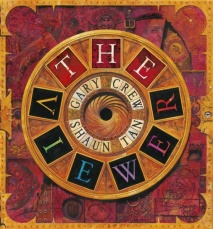




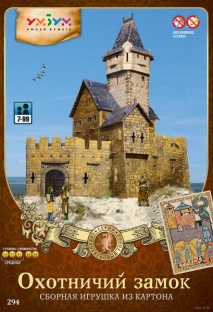
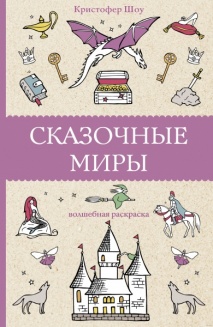
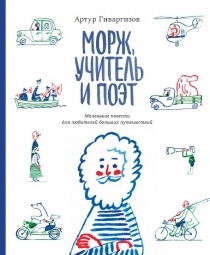
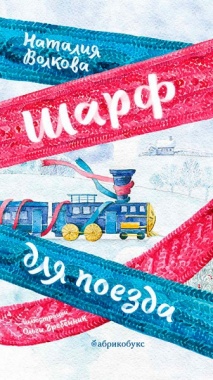
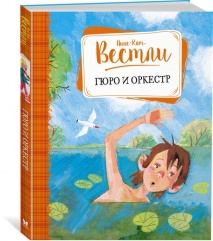
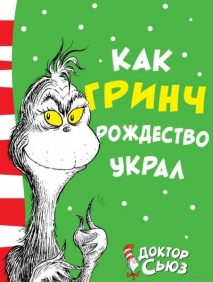
Если попытаться описать эту книгу парой слов, ее, пожалуй, можно назвать страшилкой для подростков, рассказанной в картинках с небольшими пояснениями. Ее сюжет прост: мальчик, который больше всего на свете любит исследовать окружающий мир, находит на свалке старинную игрушку. Это коробка из темного дерева и блестящего металла со странной гравировкой на крышке, при помощи которой можно рассматривать картинки, нанесенные на тонкие металлические диски. Мальчик запускает механизм этой игрушки, картинки оживают и… начинают происходить необъяснимые вещи.
Однако, интересна эта книга не только и не столько сюжетом. Ее главная ценность- иллюстрации, которые к тексту Гарри Крю нарисовал Шон Тан- один из самых известных художников нашего времени. В этой книге Шон Тан предлагает еще раз взглянуть на историю Человечества, и на место Человека в ней через призму фантастических и мифологических сюжетов, которые легко транслиряют смыслы в силу четкости и филигранности проработки логики изложения и деталей визуальных образов. Шон Тан умеет транслировать смыслы. Здесь у него это получается, как всегда, гениально. Книга не переводилась на русский язык, хотя на английском она выдержала с 1997 года уже шесть переизданий. На мой взгляд, она этого более чем заслуживает.